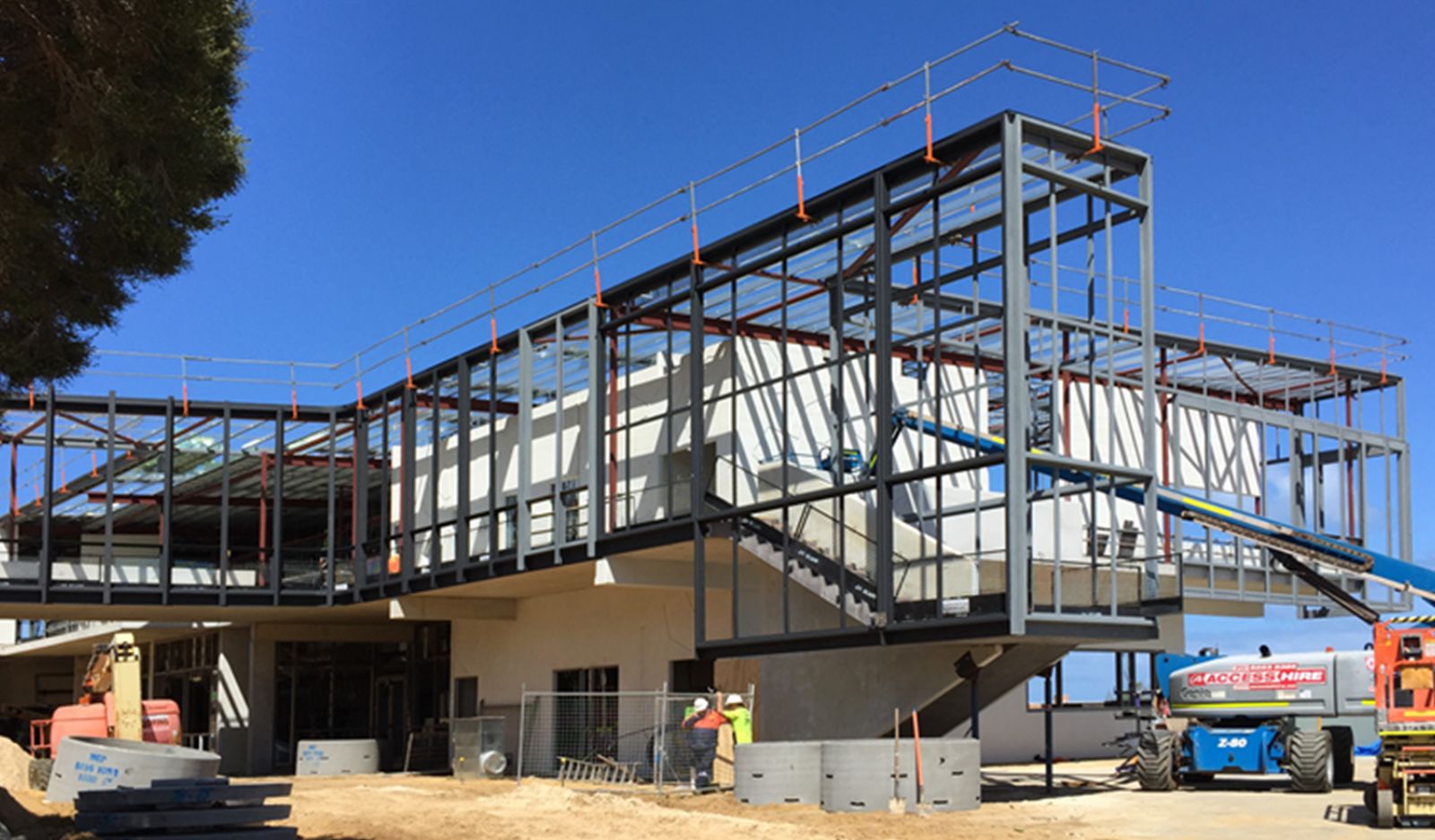
When it comes to submitting bids and proposals, the ability to Edit effectively can make the difference between success and rejection. At Associated Builders & Contractors Inc., we understand that creating winning bids requires not only thorough research and compelling content but also meticulous editing. This article explores essential edit strategies that will enhance your bids and proposals, increasing your chances of winning contracts.
Understanding the Importance of Editing in Bids and Proposals
Editing is more than just correcting grammar or spelling mistakes. It involves refining the message, ensuring clarity, and aligning the proposal with the client’s needs. Poorly edited bids can appear unprofessional and unclear, potentially costing you valuable opportunities. Implementing strong edit strategies guarantees that your proposals are polished, persuasive, and precise.
Key Edit Strategies to Strengthen Your Bids
Focus on Clarity and Conciseness
One of the fundamental edit strategies is to remove any ambiguity or unnecessary information. Clients often review numerous bids, so clarity and conciseness are crucial. During the edit process, eliminate jargon, redundant phrases, and irrelevant details to make your proposal easier to understand.
Verify Compliance with Requirements
A vital part of the edit process is to ensure your bid complies fully with the request for proposal (RFP). This includes double-checking all requested documents, certifications, and forms. Any missing or incorrect information can disqualify your bid, so meticulous edit reviews help avoid such mistakes.
Enhance Persuasiveness
Your bid must convince the client that you are the best choice. Use the edit phase to strengthen persuasive language by emphasizing benefits, differentiators, and your unique value proposition. Make sure each section supports your overall argument clearly and powerfully.
Practical Tips for Effective Editing
Use Multiple Review Rounds
Editing is rarely perfect in the first pass. Plan for multiple edit rounds involving different team members. Fresh eyes can catch errors or inconsistencies others may miss. This collaborative edit approach improves accuracy and quality.
Read Aloud for Flow and Tone
Reading your proposal aloud is an effective edit strategy to check flow and tone. It helps identify awkward sentences, repetitive phrases, or unclear passages that might confuse the reader.
Utilize Editing Tools Wisely
Leverage grammar and style-checking software as part of your edit process. Tools like Grammarly or Hemingway can highlight common mistakes and suggest improvements, but don’t rely solely on technology. Human judgment remains essential to ensure the tone fits your professional image.
Tailoring Edits for Specific Proposal Sections
Executive Summary
The executive summary is the first impression. Use precise edit techniques here to make it concise and impactful. Remove unnecessary details and focus on summarizing key strengths.
Technical Approach
Ensure technical details are accurate and clearly explained during your edit. Avoid overly complex language that might confuse evaluators who are not subject-matter experts.
Pricing and Budget
Check the pricing section thoroughly during the edit phase. Ensure numbers add up, are transparent, and match the client’s budget expectations. Any errors here can undermine credibility.
Conclusion
Mastering edit strategies is essential for creating winning bids and proposals. At Associated Builders & Contractors Inc., we emphasize the importance of a rigorous and systematic edit process to enhance clarity, compliance, persuasiveness, and professionalism. By applying these editing techniques, you can significantly improve your chances of securing contracts and building lasting client relationships. Remember, every successful bid starts with a carefully edited and polished proposal.






